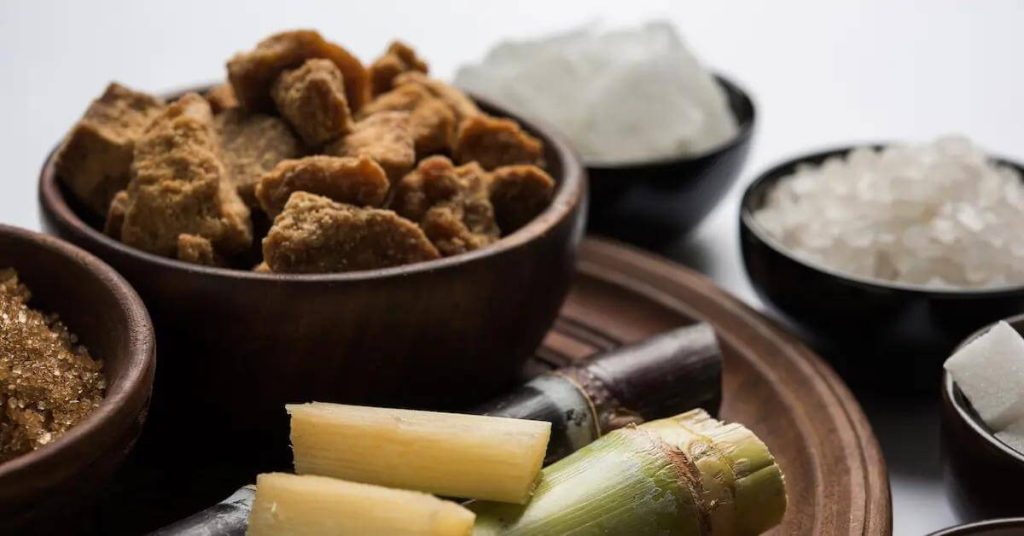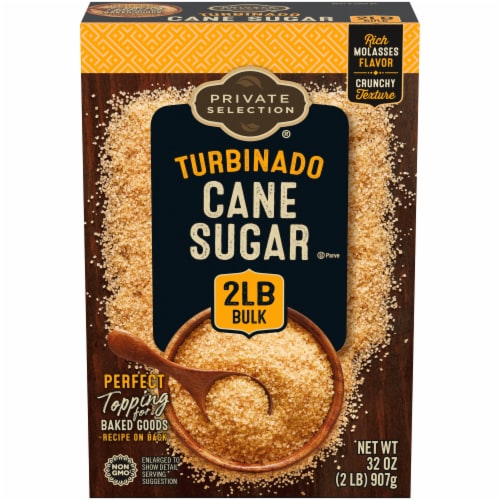Cane Sugar Processing: Ingenious Methods for Quality Manufacturing
Cane Sugar Processing: Ingenious Methods for Quality Manufacturing
Blog Article
Recognizing the Important Techniques and Technologies Utilized in Modern Walking Stick Sugar Processing
The evolution of cane sugar handling has been dramatically formed by the integration of innovative techniques and modern technologies that address both effectiveness and sustainability. Enzyme-assisted removal and sophisticated refining methods have reinvented return optimization, while automation promotes operational integrity. Additionally, the emphasis on lasting techniques mirrors an expanding awareness of environmental influence. As we check out these essential innovations, it ends up being necessary to analyze just how they not only enhance production however also align with wider sector fads and consumer demands, questioning concerning the future of sugar handling and its implications for international markets.
Historic Context of Walking Cane Sugar Processing
The historical context of cane sugar processing discloses an abundant tapestry of farming development and social exchange that has actually shaped its development over centuries. Stemming in Southeast Asia, sugarcane was grown as early as 8000 BCE - Cane Sugar Processing. The process of drawing out and improving sugar gained momentum in India, where methods for condensation were developed around the sixth century. This expertise passed through to the Center East, and by the 12th century, sugar ended up being a valued product in Europe, bring about the facility of sugar plantations in the Mediterranean.

Advanced Extraction Techniques
Performance in cane sugar extraction has actually seen significant improvements, driven by the need for greater returns and lower manufacturing expenses. This method not just increases sugar yield however likewise minimizes the energy needed for processing.
Additionally, the fostering of membrane layer filtering innovations, such as nanofiltration and reverse osmosis, has transformed the splitting up of sugar from pollutants. These approaches permit the selective permeation of sugar molecules while maintaining bigger contaminants, enhancing the removal process and reducing waste.
Furthermore, the combination of constant extraction systems has actually led to improved functional efficiency. Cane Sugar Processing. These systems maintain a constant circulation of walking cane product, guaranteeing ideal removal problems and minimizing downtime associated with set processing
Cutting-edge Refining Technologies
Refining methods in walking stick sugar processing have undertaken a transformative change, driven by the need for greater purity and boosted product quality. Among the most remarkable advancements is the adoption of membrane filtering modern technologies, such as ultrafiltration and nanofiltration. These procedures properly eliminate pollutants and colorants without the requirement for comprehensive chemical therapies, thereby protecting the sugar's natural flavor and boosting its allure.
Another substantial development is using ion exchange materials, which permit discerning elimination of undesirable ions from sugar services. This modern technology not just boosts the general purity of the final product however likewise adds to decreased waste and ecological effect.
Additionally, developments in adsorption strategies, making use of turned on carbon and various other innovative products, have actually confirmed effective in decolorizing visit here sugar remedies while keeping optimal top quality. The assimilation of these ingenious refining modern technologies guarantees that producers can produce refined sugar with superior clarity and taste, fulfilling the advancing preferences of consumers.
Automation and Control Systems
Current innovations in refining technologies have led the means for substantial enhancements in automation and control systems within cane sugar processing facilities. These systems make use of innovative software and hardware to improve functional effectiveness, lower human mistake, and make sure constant item high quality.
Modern automation integrates various elements, including sensing units, actuators, and programmable reasoning controllers (PLCs), enabling real-time tracking and control of essential processes. As an example, stress, circulation, and temperature rates can be specifically managed during removal, explanation, and crystallization phases, enhancing performance and lessening waste.
Moreover, advanced data analytics and artificial intelligence algorithms play a crucial function in predictive upkeep, permitting operators to expect tools failings prior to they take place. This aggressive technique not only decreases downtime but likewise prolongs the life expectancy of machinery.
On top of that, automation assists in the application of Market 4.0 concepts, empowering sugar mills to achieve greater connectivity and data exchange throughout procedures. Therefore, decision-making ends up being even more enlightened and active, inevitably improving the total competition of cane sugar manufacturing. With these improvements, the sector is well-positioned to satisfy expanding global demands while maintaining functional excellence.
Sustainability Practices in Sugar Manufacturing
Sustainability practices in sugar manufacturing have actually ended up being progressively important as the industry seeks to balance financial stability with ecological duty. As consumer understanding grows relating to the ecological influences of farming practices, sugar manufacturers are taking on cutting-edge techniques to lower their eco-friendly impact.
One significant method is the application of accuracy agriculture methods, which use data analytics to optimize resource usage, such as website link water and fertilizers. This lowers waste and decreases the impact on local communities. Moreover, lots of manufacturers are transitioning to renewable resource sources, such as biomass from sugarcane byproducts, to power their operations, consequently lowering dependence navigate to these guys on fossil gas.
Water monitoring techniques are likewise vital; rain harvesting and reliable irrigation systems aid minimize water shortage problems. Cane Sugar Processing. In addition, integrated insect management techniques minimize chemical use, advertising biodiversity and soil health and wellness
Corporate social duty campaigns are arising, with business spending in regional communities and making certain reasonable labor practices. By accepting these sustainability techniques, the sugar sector not only improves its credibility but likewise adds to a more sustainable agricultural landscape, leading the means for future generations.

Verdict
In summary, modern-day walking cane sugar processing incorporates a variety of sophisticated methods and technologies that considerably improve performance, yield, and sustainability. Jointly, these innovations place the cane sugar sector to fulfill contemporary demands while resolving important international obstacles.
The evolution of walking stick sugar processing has been substantially formed by the combination of advanced techniques and technologies that resolve both performance and sustainability.The historical context of walking stick sugar processing exposes an abundant tapestry of agricultural innovation and social exchange that has actually shaped its growth over centuries. Advancements in milling and refining arised, laying the foundation for contemporary walking stick sugar handling.Refining strategies in cane sugar handling have actually undertaken a transformative shift, driven by the demand for higher pureness and enhanced item quality.In summary, modern cane sugar processing incorporates a range of advanced strategies and modern technologies that substantially improve sustainability, yield, and efficiency.
Report this page